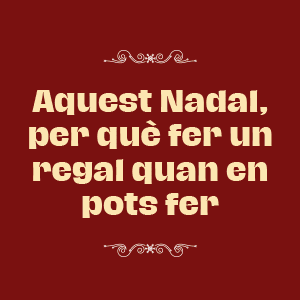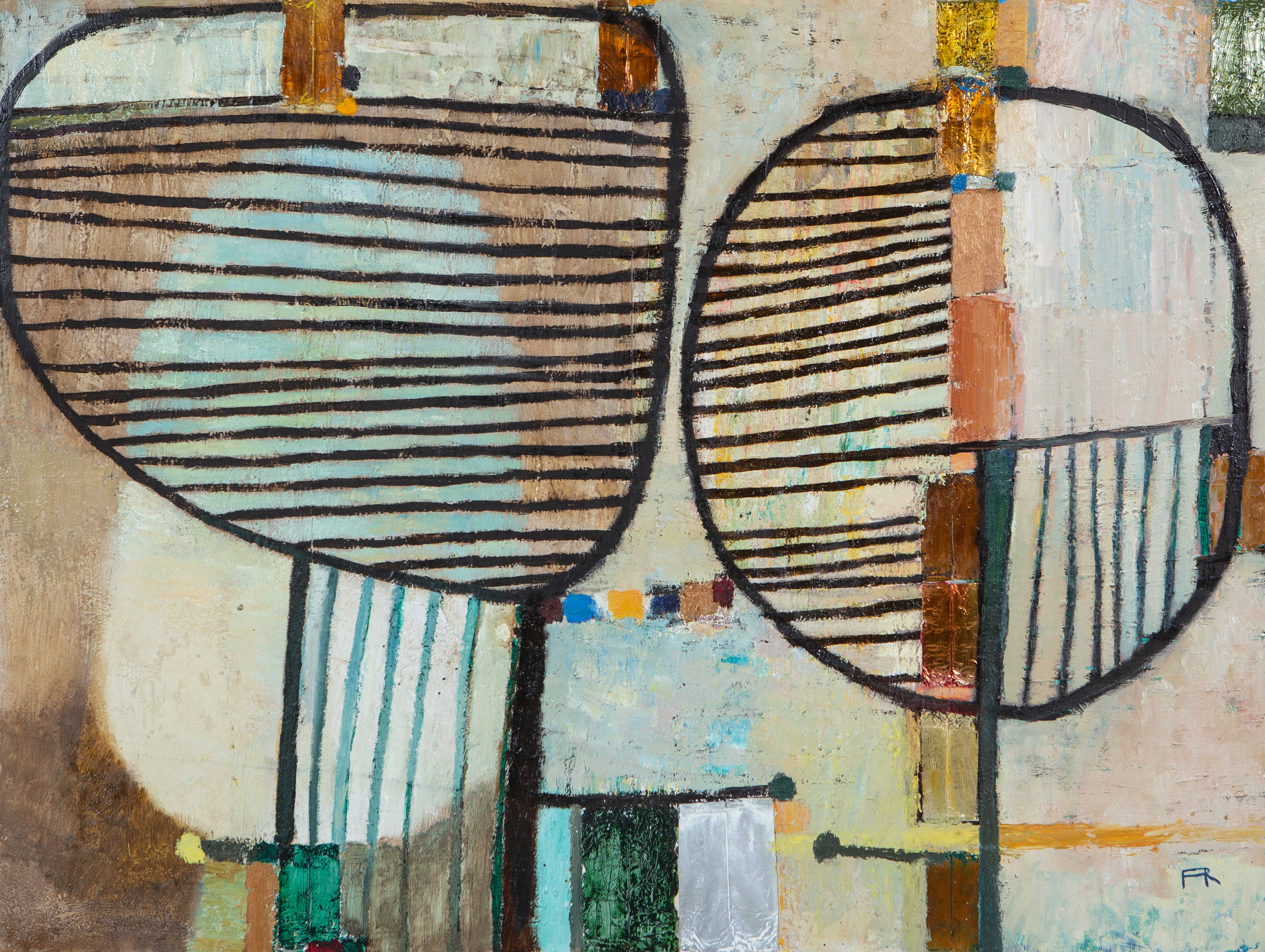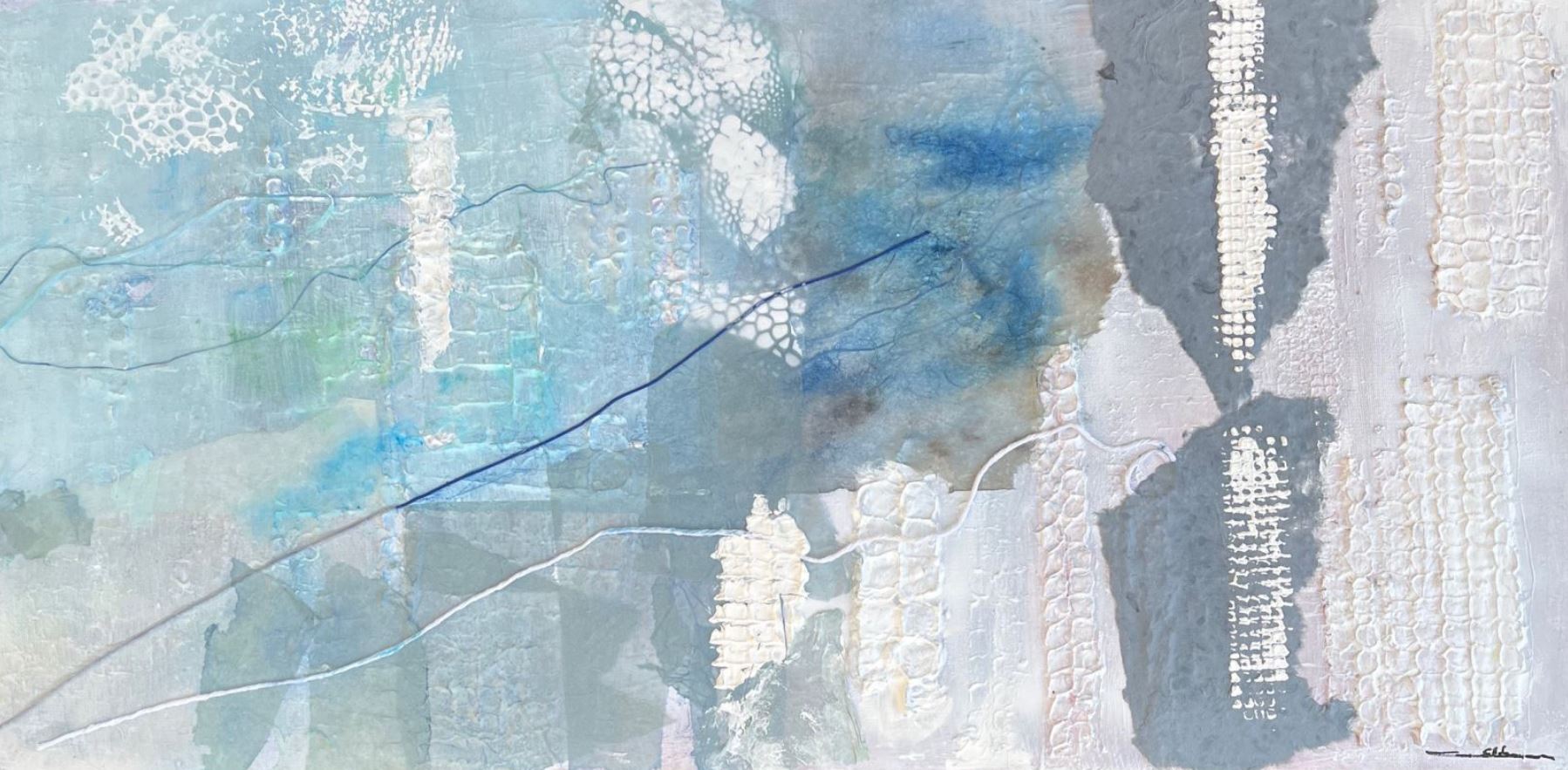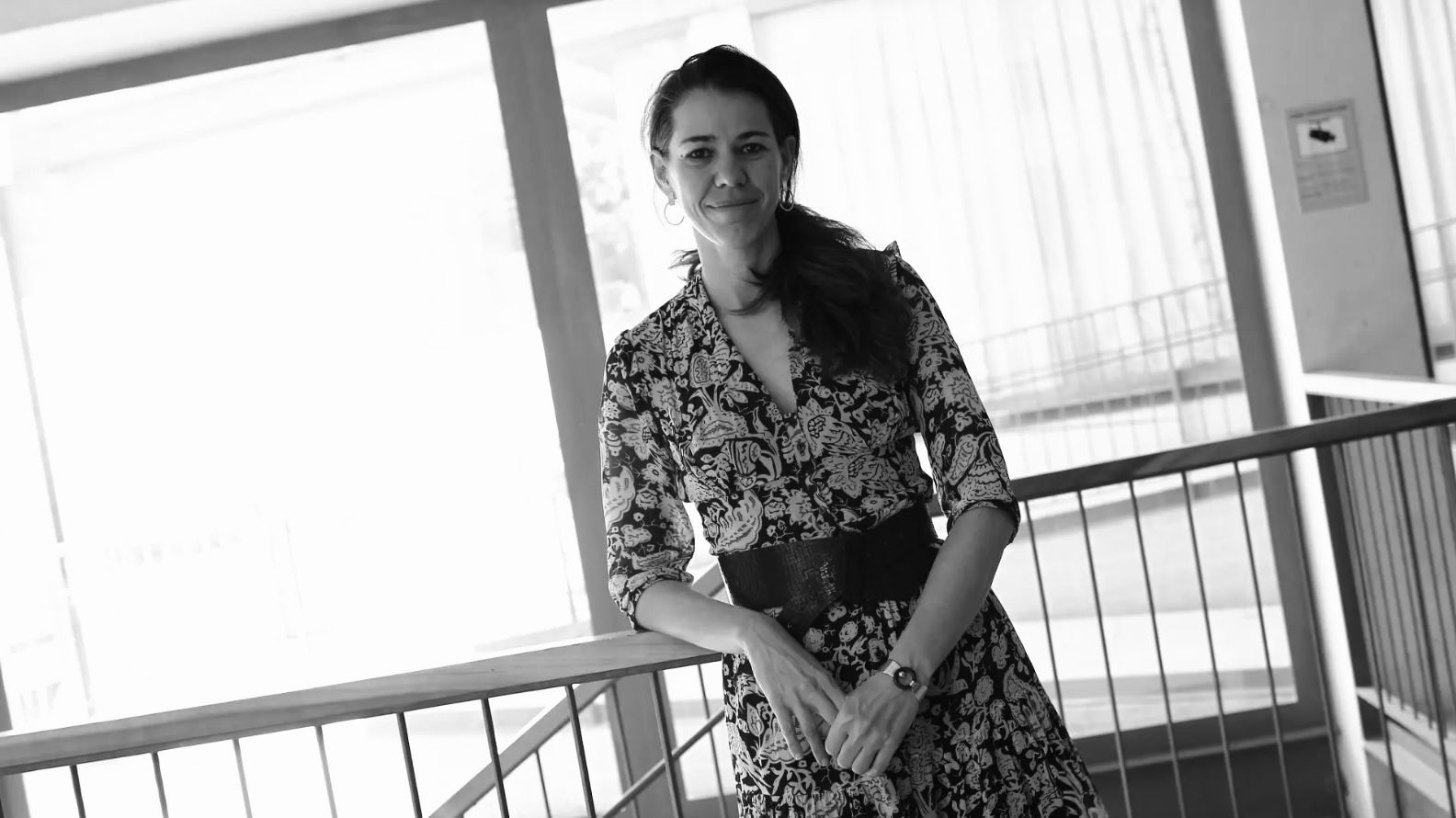News
Star and Ajoblanco: 50 years of cultural revolution
Commemoration in Barcelona of two of the most important counterculture magazines.
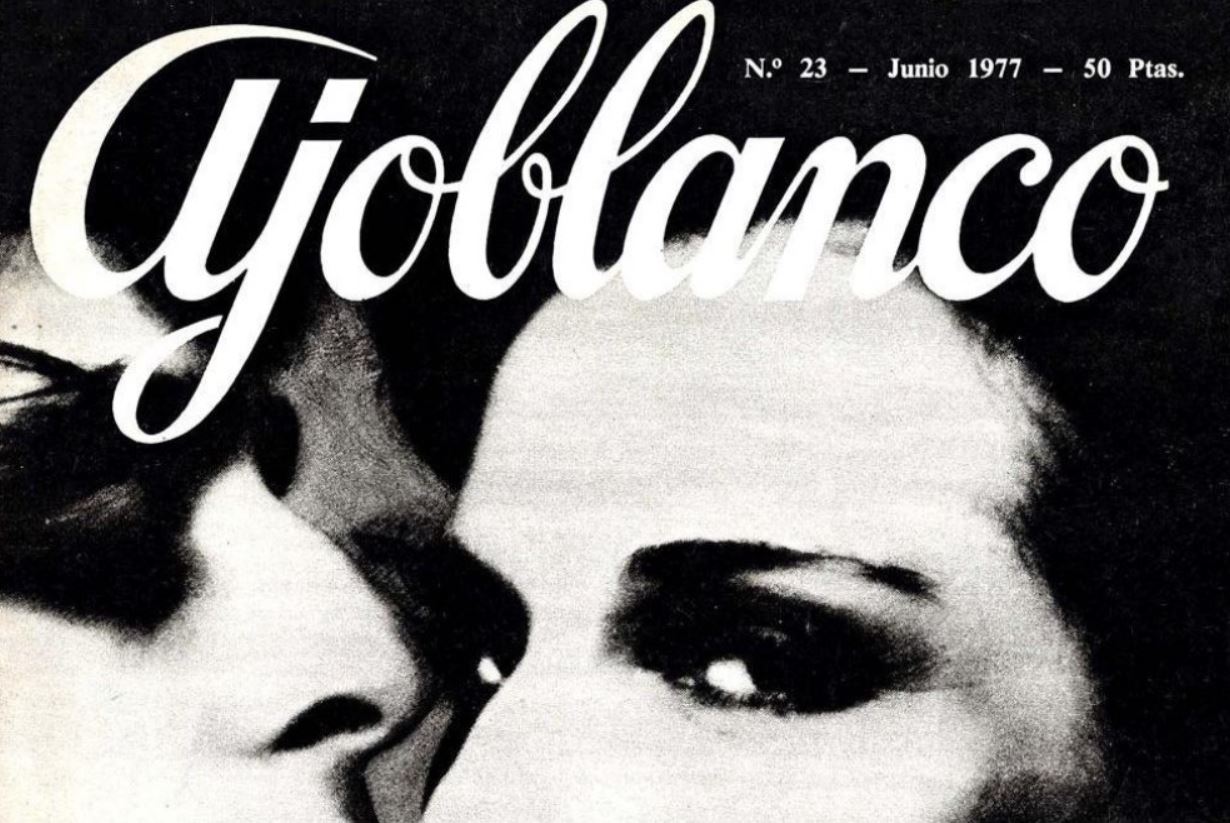
Last Tuesday, October 22, the 50th anniversary of Star and Ajoblanco magazines was celebrated at the legendary Sala Apolo in Barcelona. It was a celebration "with punk airs" and at the same time, a small temporary exhibition dedicated to the two magazines was organized, with interventions by their founders. It should be remembered that Star magazine (1974-1980) was a pioneer in Barcelona in the publication of underground comics and in the renewal of illustration and graphics in Spain. This magazine introduced great names in alternative comics such as Robert Crumb, Richard Corben and Gilbert Shelton , and boosted the professional career of future figures of Barcelona comics, such as Gallardo and Mariscal , among others.
Bonart had the opportunity to speak with Pepe Ribas , founder of the cultural magazine Ajoblanco, who shared his vision on the role and legacy of this publication in the Spanish counterculture.
Alexandra Planas. What are the most important moments or milestones you remember from the first years of Ajoblanco magazine (1974-1980)?
Pepe Ribas I think the first memory is, so to speak, the day of the big decision! I have not narrated this scene in the new book I have just published in Edicions del Kao, Ángeles bailando en la cabeza de un alfiler, about the two key years of the countercultural era. I was 21 years old. It was a torrid night in mid-August 1973 in Paris. I was in the Latin Quarter, stalking a young American hippie who was traveling the world singing Joan Báez songs on a guitar. In this neighborhood, I discovered a small garden between bars, attached to the church of Saint-Germain-des-Prés. I sat on a bench, next to a stone bust of the poet Guillaume Apollinaire, and there I felt a revelation come over me: it was necessary to edit a free magazine that would be a meeting point to reborn a world without repression, breaking with the morality that blames us for feeling different. A month later, I communicated to my colleagues in the poetry group Nabucco the decision to create the magazine in the restaurant Putxet, where the owner, Flora, served us a white garlic soup – hence the name of the magazine. That day I bumped into Toni Puig in the street, eight years older than me, who lived in a commune with an actor from Les Joglars, another from Comediants and a naturist, disciple of Dr. Nicolas Capo That meeting was the spark between two worlds! I came from the University of Law and he from progressive, solidarity and hippie Catalanism. He contributed to the project Pep Rigol, Quim Monzó, Albert Abril, Cesc Serrat, Manel Esclusa. For my part, I got Ana Castellar, Carlos Barral's secretary, to collaborate; Luis Racionero, newcomer from Berkeley; Damià Escuder, guru of Sisa and Pau Riba; Antonio Otero, poet; Josep Solé Fortuny, stoned reader; Fernando Mir, hippie; and Maria Dols, poet. A year later, we published the first issue of Ajoblanco. The dream came true and he began his mission to awaken a new world.
AP. In terms of its content and focus, what do you think has been the transformation process of the magazine over the last 25 years?
PR. For 50 years, Ajoblanco has been consistent with the society in which he has lived. The memory of the first Ajoblanco is very vivid and it was a collective space of a new generation, in which thousands of readers collaborated (1974-1980). He represented the libertarian and Mediterranean counterculture. Many readers maintain that the magazine was "light and energy, a gale of excitement and hope". In the second period (1987-1999), the magazine became one of the most influential cultural publications, presenting new trends and connecting with other cultures. He invented a new critical, anticipatory and pluralistic journalism. It included independent theatre, literary debates, auteur cinema and the debate of ideas with thinkers who were then little known: Noam Chomsky, Antonio Escohotado, Eugenio Trías, Philippe Sollers, John Berger, Roger Garaudy, Félix Guattari, Claude Julien, Gilles Deleuze, George Steiner, Susan Faludi, Susan George, Paul Virilio, Eduardo Galeano, Wu'er Kaixi, Shen Tong, Pierre Bourdieu, Naguib Mahfuz, Juan Goytisolo... The in-depth interviews with writers, poets, musicians, artists, activists, designers and photographers focused on their trajectories rather than what was new. The description of social contexts was done through chronicles that approached the subjects from various perspectives. The magazine covered design, humor, satire, decentralized technological innovation, fashions, new social movements, the sexual revolution, and secularism, and did not follow market trends.
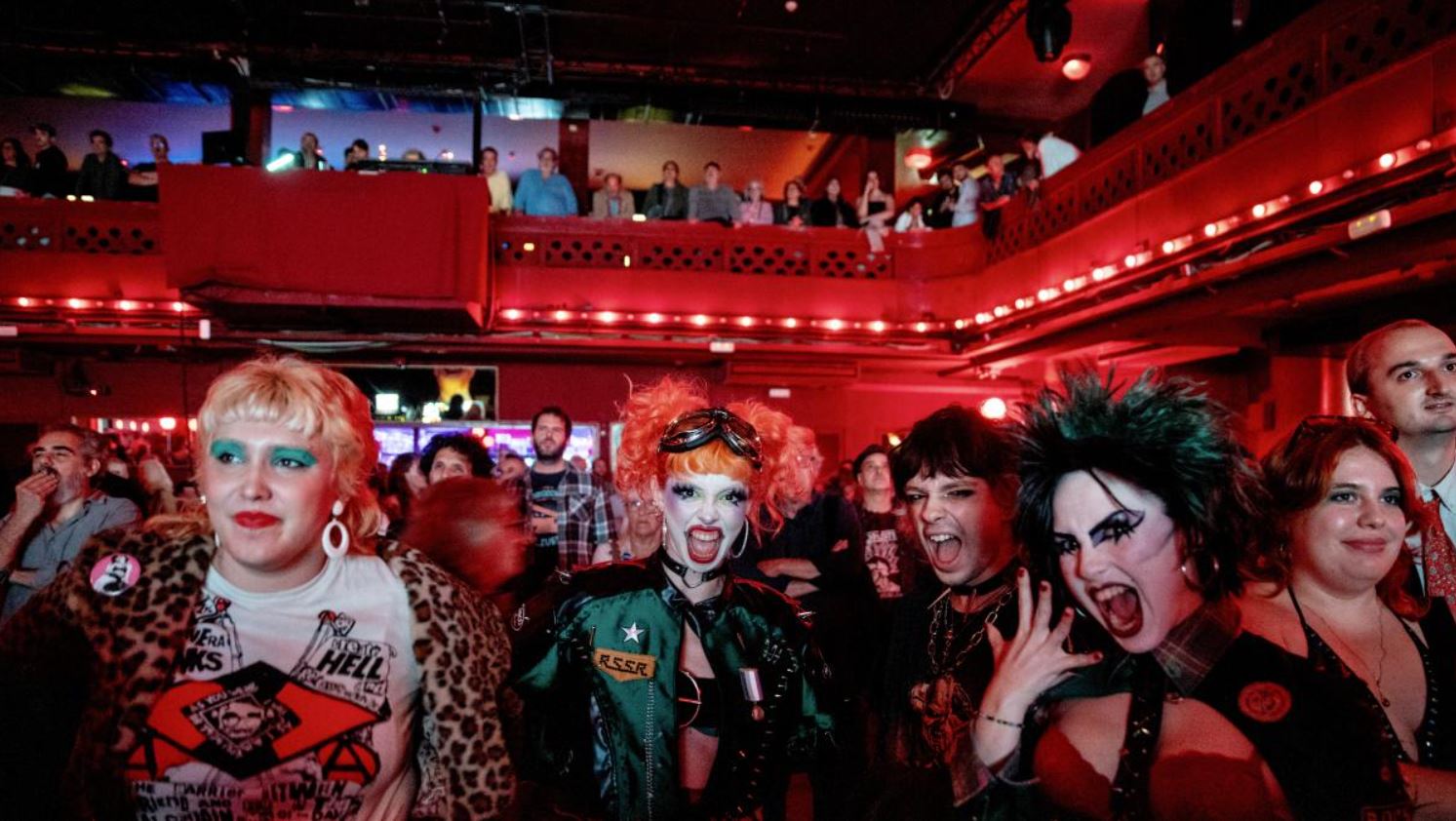
AP. What do you think has been the impact that Ajoblanco magazine has had on the national artistic scene and on general culture? And in Catalonia?
PR. The impact has been great in many areas. By welcoming collaborators from the pluriculturality, Ajoblanco was transformed into a workshop of experimentation and learning, in which artists, writers, journalists, photographers and activists could develop their art without interference. This shared diversity generated a stage of change and renewal in favor of a lively and profound creativity.
AP. Are there any future plans for Ajoblanco in the coming years? In what sense would you like it to evolve? Do you have a project in mind?
PR. The project is to improve our website, publish a weekly topic, do it in three languages—Catalan, Spanish and English—and create numbers on paper at once, from the non-profit Ajoblanco Cultural Association. There is also the possibility of turning it into a foundation that delves deeper into the problems of culture and progressive and independent social movements.
AP. How do you think Ajoblanco's relationship with its subscribers and regular readers has changed during its fourth stage (from 2017 to 2024)?
PR. The relationship with the readers has always been to convey the passion for a job well done, friendship and "letting go", as many readers have been the authors of the publication. We do not believe in closed professions; we are citizens and we must know the different fields in order to have an opinion and maintain an independent critical sense. We believe that the citizen cannot be an ultra-specialist. We have always tended towards a Leonardo-esque knowledge. Every citizen needs food to understand the world in which he lives in all its variety, to broaden his vision with new knowledge. You need to know how to explain and do it from a job well done. The consequence is that the contents remain valid and appear to have been written today.
[filea68e0]
AP. During this stage, the magazine occupied a space on Carrer Santa Teresa, in the Gràcia neighborhood of Barcelona, which became a small cultural center, right?
PR. Yes, we opened this space in the Gràcia neighborhood of Barcelona, where we organized exhibitions, debates, workshops, and we also published two paper magazines with a sale of 22,000 copies and their corresponding website. The epidemic and the dismantling of the press kiosks as a result of the network culture pushed us to close it. We are still active on the networks, publishing all the issues of the first stage for free on www.ajoblanco.org , and we also have a blog. After the public success with the celebration of our 50th anniversary, we are motivated to start new challenges.
AP. What do you consider to be the most fundamental subjects or artists for the identity of your magazine?
PR. I think that all the teams and all the collaborators who have always participated with us. From the first team, made up of Toni Puig, Luis Racionero, Quim Monzó, Pepe Rigol, Cesc Serrat, Amerka Sánchez and myself, and then the triumvirate made up of Toni, Fernando Mir and Pepe Ribas. There were also several groups, such as the free sexuality group, the communal group, the ecology group, the anti-psychiatry group, the feminist group... In the second stage, it is worth noting the incorporation of Jordi Esteva, Mercedes Vilanova, Elisabeth Cabrero, Oscar Fontrodona, Pera Pons, Antonio Baños, Gorka Duo, and more than a thousand collaborators, who managed to produce a magazine unique in its genre.
AP. How important is the topic of publishing in Spanish to you, and how do you think it has influenced the reception of the magazine? And in the Catalan language, right?
PR. The magazine is from Barcelona, state and Latin American, written in Spanish for the area of distribution in which we have operated. Freedom is not easy and we seek the maximum number of readers, since independence has always depended on the sales of copies, which have been substantial, and the help of independent shareholders who have contributed at many times without looking for something other than the continuity of the magazine from freedom, which is interesting from the point of view of independence, looking for quality above media successes. While Franco lived, we wrote it in the four languages of the State, depending on the language in which the author wrote. The fact that it was in Spanish did not harm sales in Catalonia, where we have always sold a quarter of the print run, on average. On many occasions we have sold more than 100,000 copies, and more than 5,000 in Latin America. Buenos Aires has in many times been the third city, after Barcelona and Madrid.
AP. Could you let us know how the celebration of the 50th anniversary of Ajoblanco magazine went in Barcelona this past October 22nd at Sala Apolo? Are you planning to do a special event in Spain, for example in Madrid?
PR. The celebration of 50 years has given us a lot of inspiration. It consisted of a party in the Sala Apolo, attended by more than a thousand people of all ages. At the entrance to the party hall, we curated a small exhibition with covers and some pages from Ajoblanco and Star magazines. Then there were the parliaments of the founders. Then the musician Raúl Rodríguez, the band Ruïnosa and the Rahola strippers, a young, current and underground band, performed. In short, it was a night of reunions and hugs between people from the world of culture who had not shared space, emotions and projects for years. We feel that the city is alive and renewed!
.jpg) Celebració dels 50 anys a la Sala Apolo.
Celebració dels 50 anys a la Sala Apolo.


